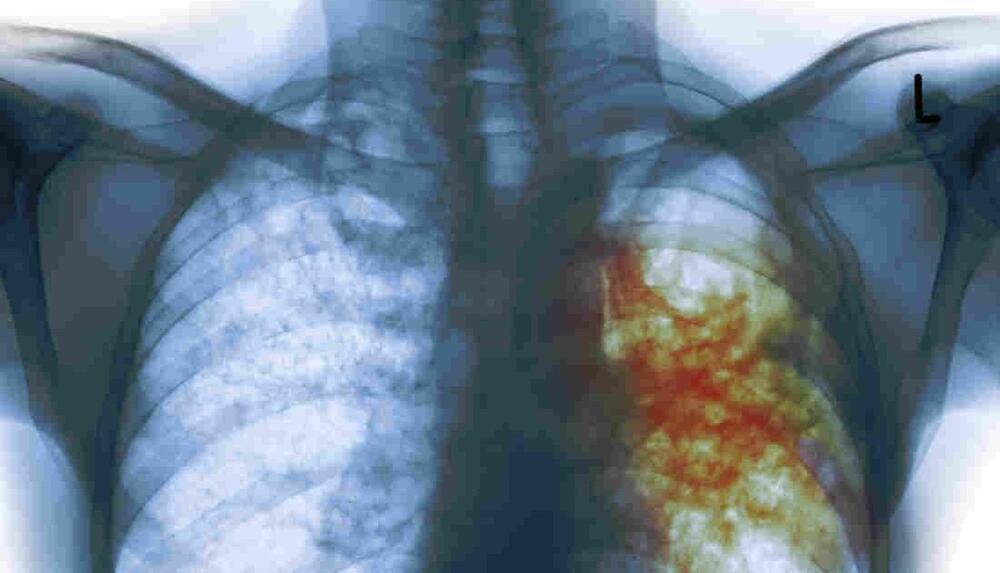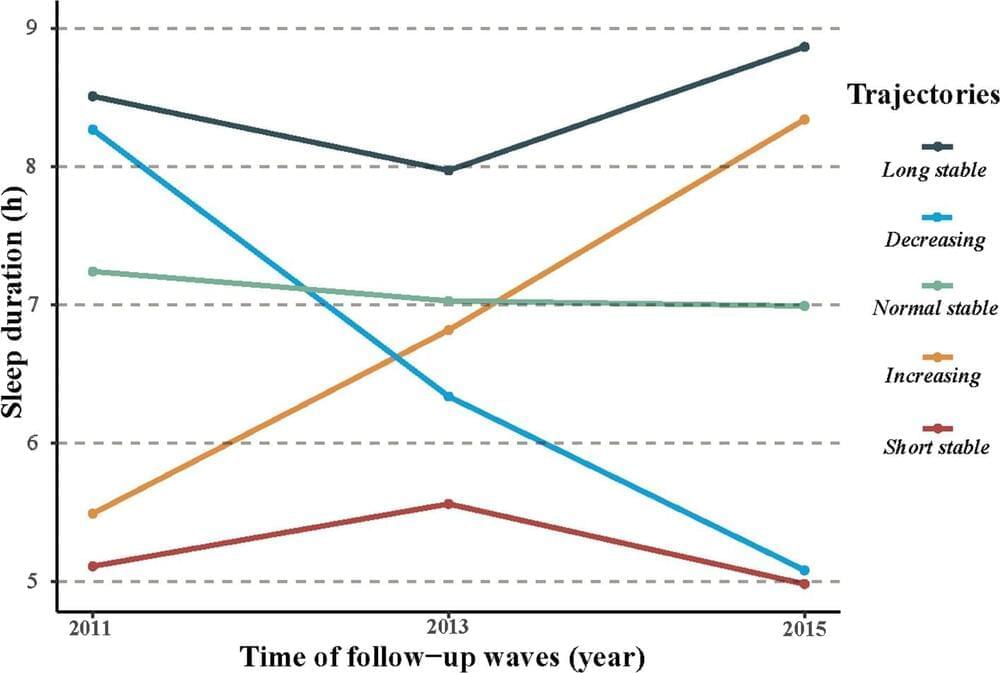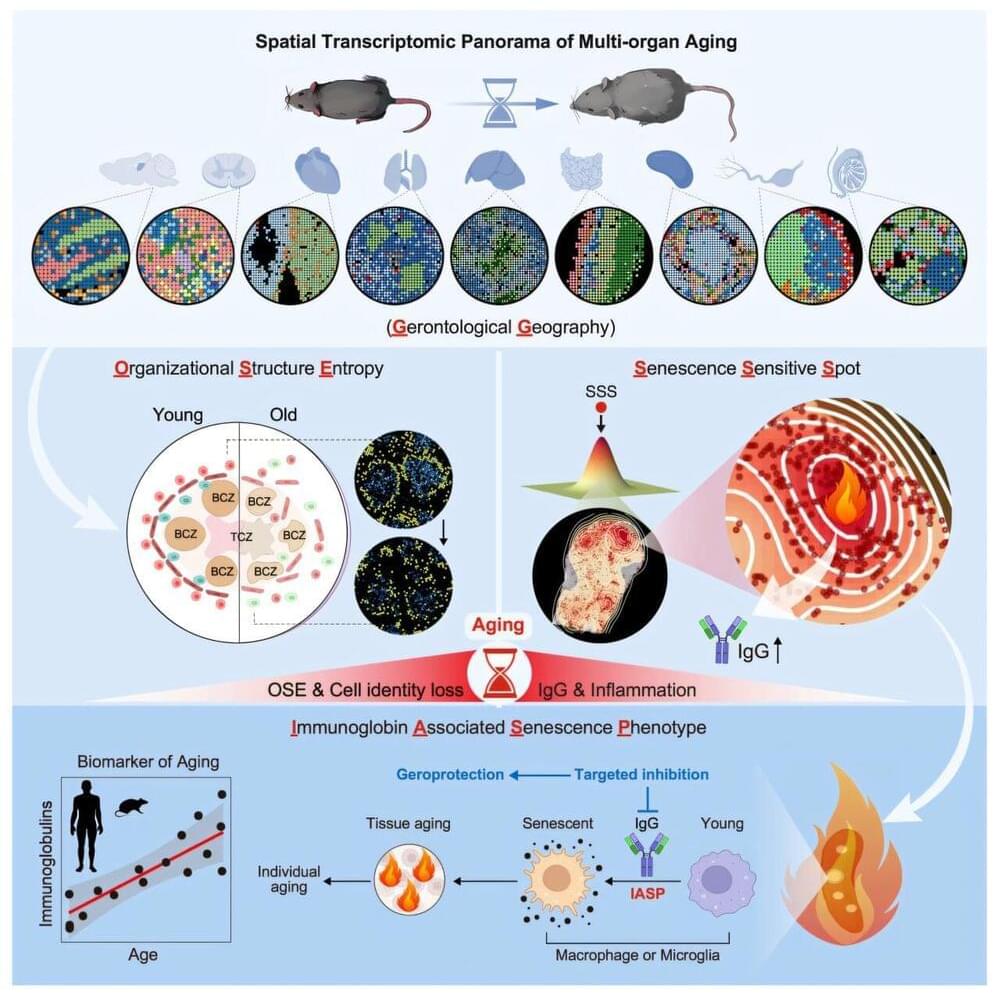Scientists have discovered how to convert wastewater into biofuel to cut plane emissions by 70% — creating a new sustainable version of aviation fuel using biomass and agricultural waste.





The technology is designed to treat the condition atrial fibrillation, or irregular heart rhythm. This is in a way that carries a lower risk of complications and shorter anaesthesia time (when compared to traditional treatment).
The new technology took eighteen years to develop. In recent months, pulsed field ablation has been approved by the U.S. Food and Drug Administration (FDA) and the acceptance marks a milestone in heart treatment.
The process involves the use of microsecond-scale, high-voltage electrical fields to cause irreversible electroporation and destabilization of cell membranes, according to the New England Journal of Medicine.



How did everything begin? It’s a question that humans have pondered for thousands of years. Over the last century or so, science has homed in on an answer: the Big Bang.
This describes how the Universe was born in a cataclysmic explosion almost 14 billion years ago. In a tiny fraction of a second, the observable universe grew by the equivalent of a bacterium expanding to the size of the Milky Way. The early universe was extraordinarily hot and extremely dense. But how do we know this happened?
Let’s look first at the evidence. In 1929, the American astronomer Edwin Hubble discovered that distant galaxies are moving away from each other, leading to the realisation that the universe is expanding.

In order to figure out how something came from nothing, we first need to explore the different types of nothing.

With their slender tails, human sperm propel themselves through viscous fluids, seemingly in defiance of Newton’s third law of motion, according to a recent study that characterizes the motion of these sex cells and single-celled algae.
Kenta Ishimoto, a mathematical scientist at Kyoto University, and colleagues investigated these non-reciprocal interactions in sperm and other microscopic biological swimmers, to figure out how they slither through substances that should, in theory, resist their movement.
When Newton conceived his now-famed laws of motion in 1686, he sought to explain the relationship between a physical object and the forces acting upon it with a few neat principles that, it turns out, don’t necessarily apply to microscopic cells wriggling through sticky fluids.